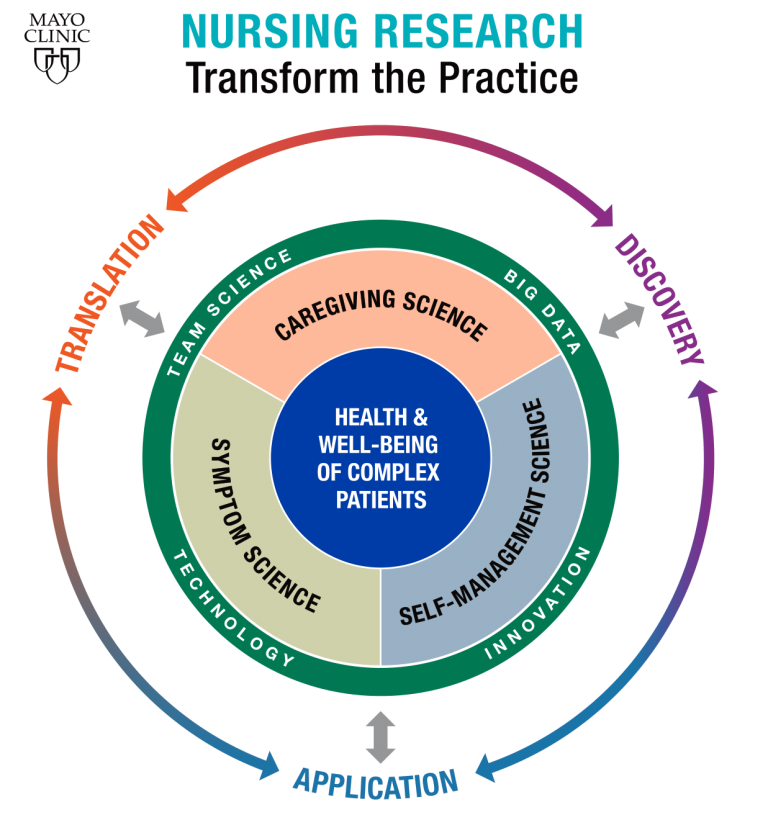-
Mayo Clinic Minute: Living donor organ transplants
 If you’re among the 54 percent of American adults who’ve registered to be an organ donor, it’s encouraging to know your decision could end up saving the lives of up to eight people. A living donor transplant, naturally, is handled differently and often comes about when a friend or family member has a dire need.
If you’re among the 54 percent of American adults who’ve registered to be an organ donor, it’s encouraging to know your decision could end up saving the lives of up to eight people. A living donor transplant, naturally, is handled differently and often comes about when a friend or family member has a dire need.
Although, in the case of kidney transplants, altruistic, or good Samaritan, donations have been on the rise.
"Some people just come forward as a potential donor wanting to help a needy patient that’s on the waiting list," says Dr. Charles Rosen, director of Mayo Clinic's Transplant Center. "Another thing that happens is a donor and recipient pair come forward, where it’s not a match for one reason or another, and they may exchange kidneys with another donor-recipient pair."
April is National Donate Life Month. Dennis Douda shares more of Dr. Rosen's thoughts.
Journalists: Broadcast-quality video pkg (1:00) is in the downloads. Read the script.







